In today’s competitive business environment, why cold emailing remains a powerful and cost-effective marketing strategy for connecting with potential customers and expanding your reach is a question many businesses ask. But what makes cold emailing so effective, and how can you leverage it to grow your business? In this comprehensive guide, we’ll explore the benefits, legal aspects, crafting techniques, metrics, and success rates of why cold emailing is essential, as well as tools and platforms that can streamline your outreach efforts. So, let’s get started on mastering the art of cold emailing and unlocking its full potential for your business.
Key Takeaways
- Cold emailing is an effective and cost-efficient outreach strategy for businesses of all sizes.
- Creating high-quality cold emails with personalized content, attention-grabbing subject lines, and legal compliance are essential for successful campaigns.
- Optimizing timing & frequency, building a quality lead list, and avoiding common mistakes can help maximize the success of cold emailing initiatives.
The Power of Cold Emailing
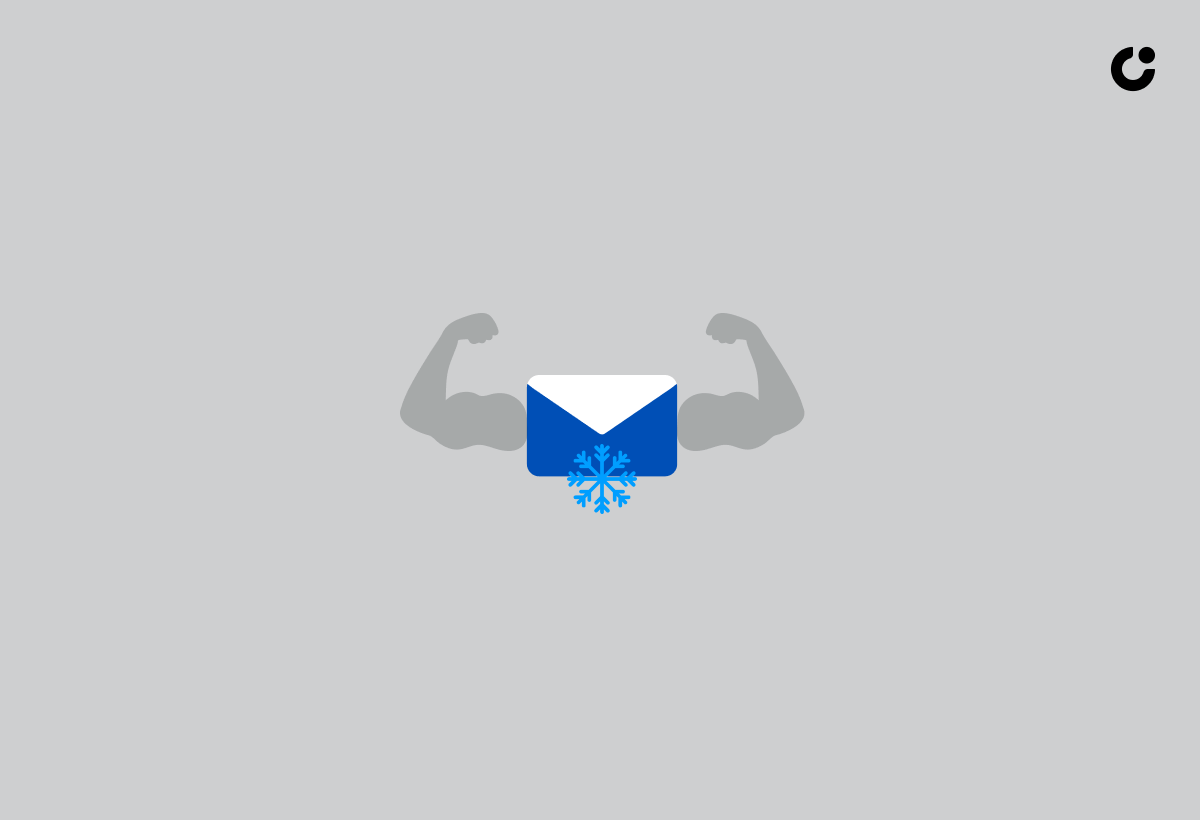
Cold emailing, the practice of sending unsolicited emails to targeted prospects, proves to be an effective outreach method. Unlike cold call efforts, cold emails allow you to deliver a personalized message directly to the recipient’s inbox, increasing the likelihood of engagement and fostering a business relationship. With the right approach, cold emails can open doors to new leads, potential customers, and business prospects, making it an essential component of any successful sales and marketing strategy.
Cold emailing offers several benefits for businesses:
- It enables businesses to reach a wide audience without excessive costs.
- Companies can optimize their outreach efforts and generate new prospects and potential sales opportunities.
- Email marketing software and personalized cold email templates can be used to enhance the effectiveness of cold emailing.
- Cold emailing is a cost-effective and targeted marketing method that many businesses worldwide have adopted.
Cost-Effective Marketing Method

Cold emailing is an economical marketing strategy that enables businesses to connect with potential clients without the need for expensive advertising campaigns. Its affordability makes it an ideal choice for small businesses and startups, and it can be easily tailored to the needs of any size organization. On average, it costs around $320 per month to send an email campaign to 50 targets, but the potential return on investment is significant, with cold email marketing generating an average of $36 for every dollar spent.
The cost-effective nature of cold emailing allows businesses to focus their resources on crafting effective subject lines, personalized messages, and engaging content that resonates with their target audience. Investing in email marketing software and optimizing their campaigns can enable companies to achieve remarkable click-through and conversion rates, which leads to increased sales and revenue.
Targeted Outreach
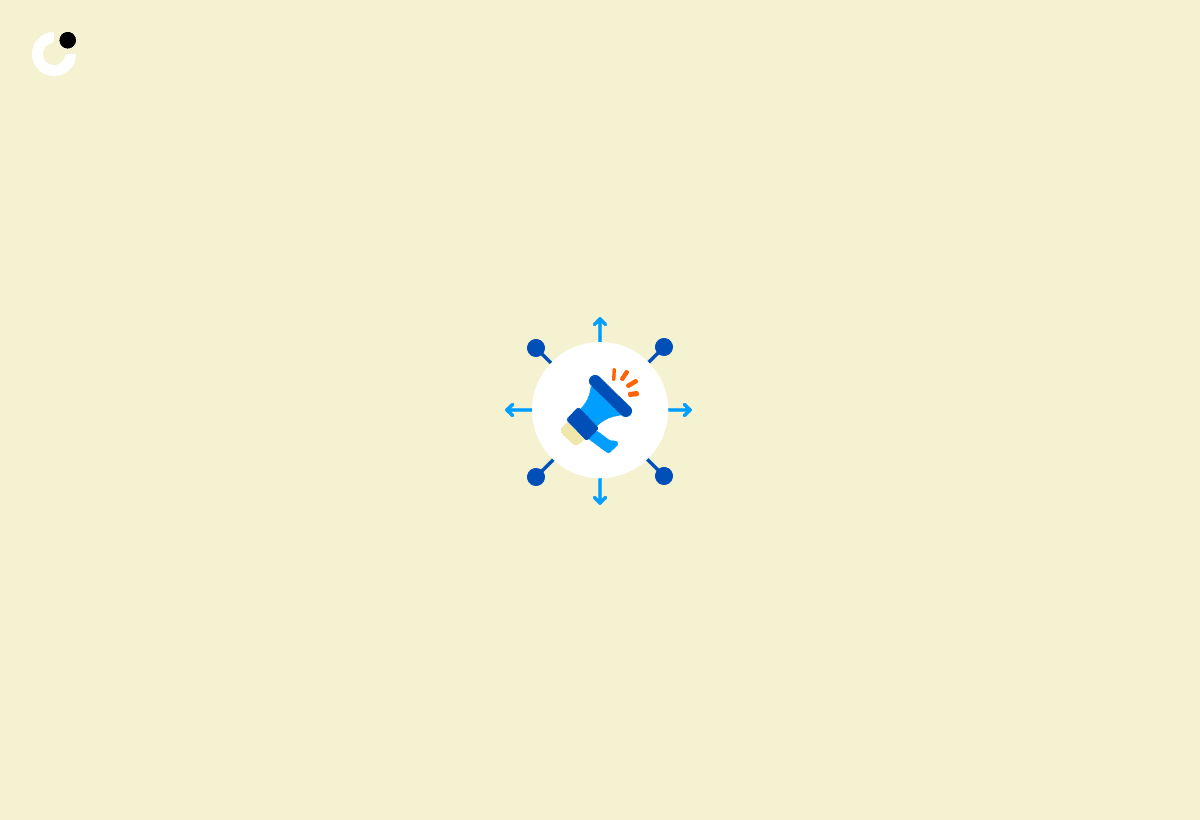
Cold emailing enables businesses to concentrate on specific audiences, increasing the likelihood of generating leads and conversions. Targeted outreach allows you to send personalized cold emails that address the specific needs, pain points, and interests of your potential customers, which can lead to higher engagement and response rates. To create a high-quality lead list for cold emailing, you can leverage various sources, such as LinkedIn, professional associations, or even your own email contact list.
Focusing on targeted cold email outreach ensures your cold emails resonate with recipients and provide them value. This can lead to higher open and click-through rates, ultimately resulting in more successful cold email campaigns and increased conversions. With targeted outreach and a well-crafted cold email template, your cold email marketing efforts can yield impressive results.
Legal Aspects and Compliance
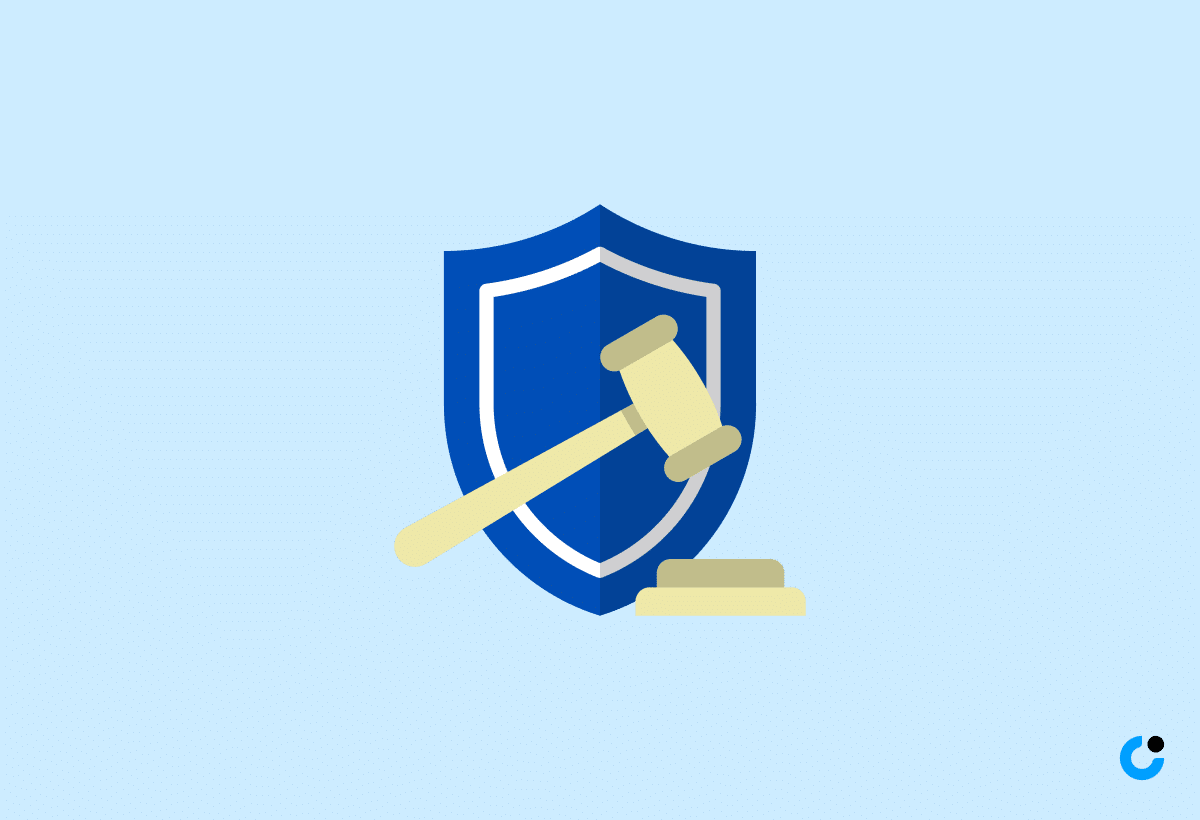
Though cold emailing is generally legal, compliance with national and state spam laws is necessary for successful outreach efforts. In the United States, businesses must adhere to the CAN-SPAM Act, which establishes guidelines for commercial email messages and mandates that such emails include accurate header information, a visible opt-out mechanism, and a legitimate physical address. Similarly, if your cold email campaign targets recipients within the European Union, you’ll need to comply with the General Data Protection Regulation (GDPR), which requires obtaining consent, providing a clear opt-out option, and securely storing personal data.
Adherence to these regulations can help avoid potential legal issues and ensure successful cold email campaigns. Additionally, compliance with spam laws can help improve email deliverability, as emails that follow the guidelines are less likely to be flagged as spam or end up in the recipient’s spam folder. Thus, understanding and adhering to legal aspects and compliance requirements is crucial for the success of your cold emailing efforts.
CAN-SPAM Act
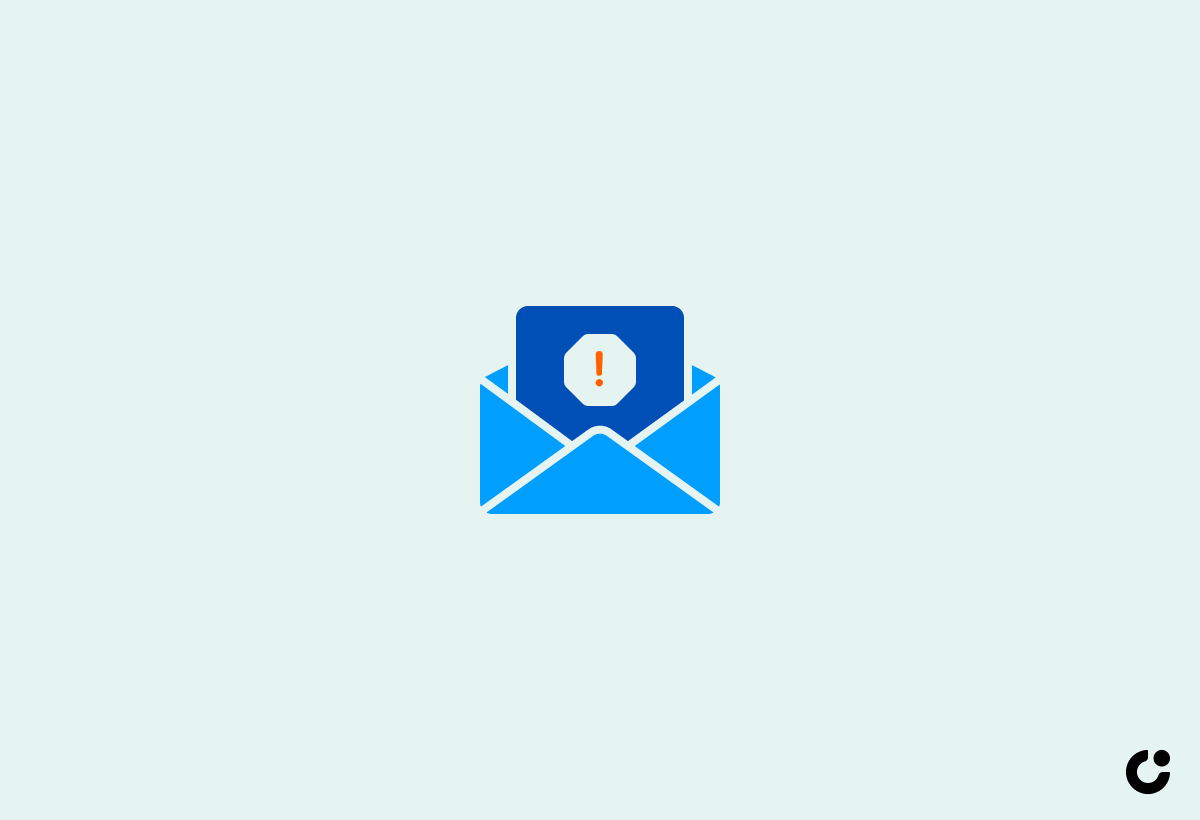
The CAN-SPAM Act, enacted by the United States Congress, addresses the issue of unsolicited email and stipulates that commercial emails must provide recipients with a clear and obvious option to opt out of receiving further emails. Businesses must adhere to specific regulations outlined by the CAN-SPAM Act, such as clearly indicating the sender, avoiding deceptive or false information, and providing a precise and accurate subject line.
Failure to comply with the CAN-SPAM Act can result in civil penalties of up to $16,000 per violation, with no maximum limit, and brands may be subject to fines and penalties totaling up to $43,280 for each email sent if found to be in violation. Following the CAN-SPAM Act’s guidelines can help businesses ensure their cold emails are compliant, avoid spam classification, and increase the likelihood of successful cold email campaigns.
GDPR Considerations
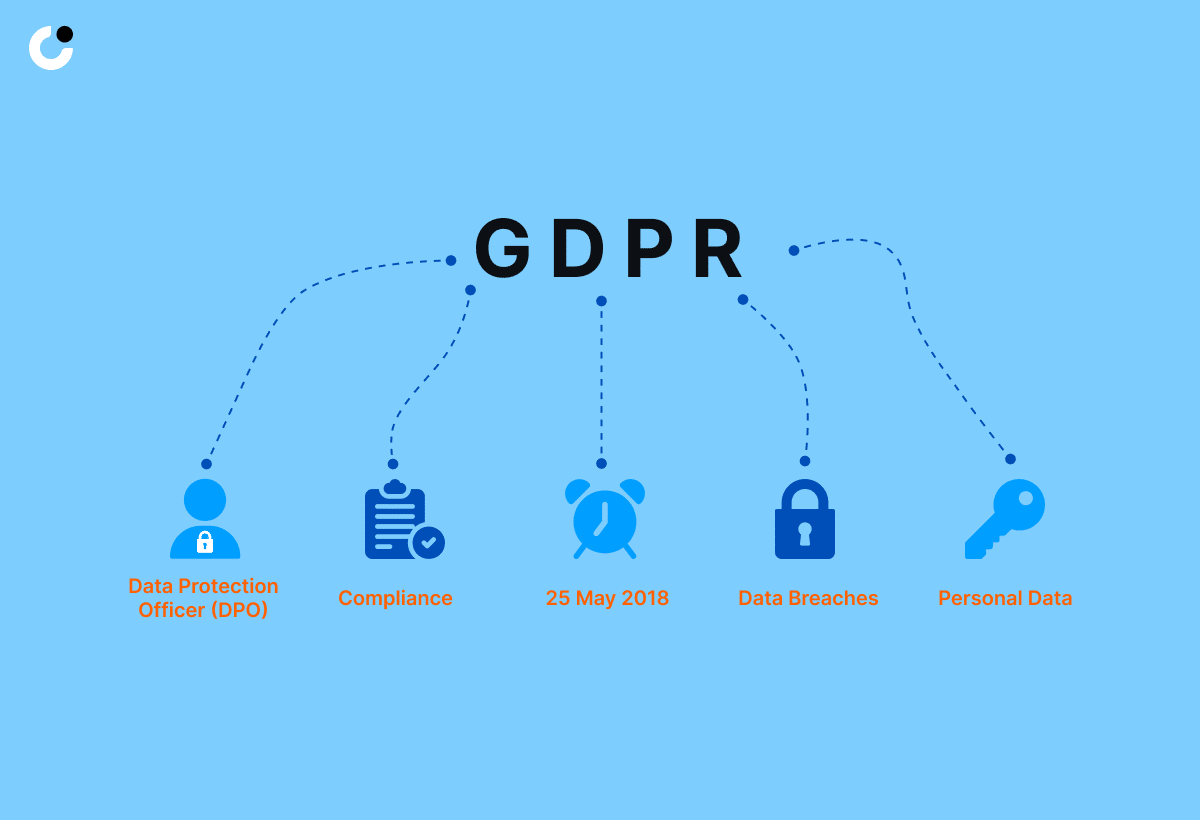
For businesses sending cold emails to recipients within the European Union, compliance with the GDPR ensures data protection and privacy. To adhere to GDPR guidelines, it’s crucial to:
- Only contact individuals who can gain value from your product or service
- Explain how their contact information was obtained and why they’re being contacted
- Ensure that the personal data collected is necessary for the email campaign
- Provide a clear and straightforward way for recipients to opt out or unsubscribe from future emails
These steps are key requirements under the GDPR.
Non-compliance with GDPR regulations can lead to severe penalties, including fines of up to 20 million euros or 4 percent of a company’s global annual turnover, whichever is greater. Understanding and adhering to GDPR requirements can help businesses ensure the legality of their cold email campaigns, protect recipient privacy, and maintain a positive brand reputation.
Crafting High-Quality Cold Emails

Creating high-quality cold emails is crucial for a successful cold email campaign. A well-written and personalized cold email can capture the attention of your target audience and encourage them to engage with your message, ultimately leading to higher response rates and conversions. By focusing on personalization techniques and attention-grabbing subject lines, you can create cold emails that resonate with your recipients and drive meaningful business results.
Understanding the needs and preferences of your target audience and tailoring your message accordingly is key to creating effective cold emails. Utilizing personalization techniques, such as using the recipient’s name and addressing their specific pain points, can significantly improve engagement and response rates. Additionally, crafting compelling subject lines that grab the recipient’s attention can increase open rates and improve the overall success of your cold email campaign.
Personalization Techniques
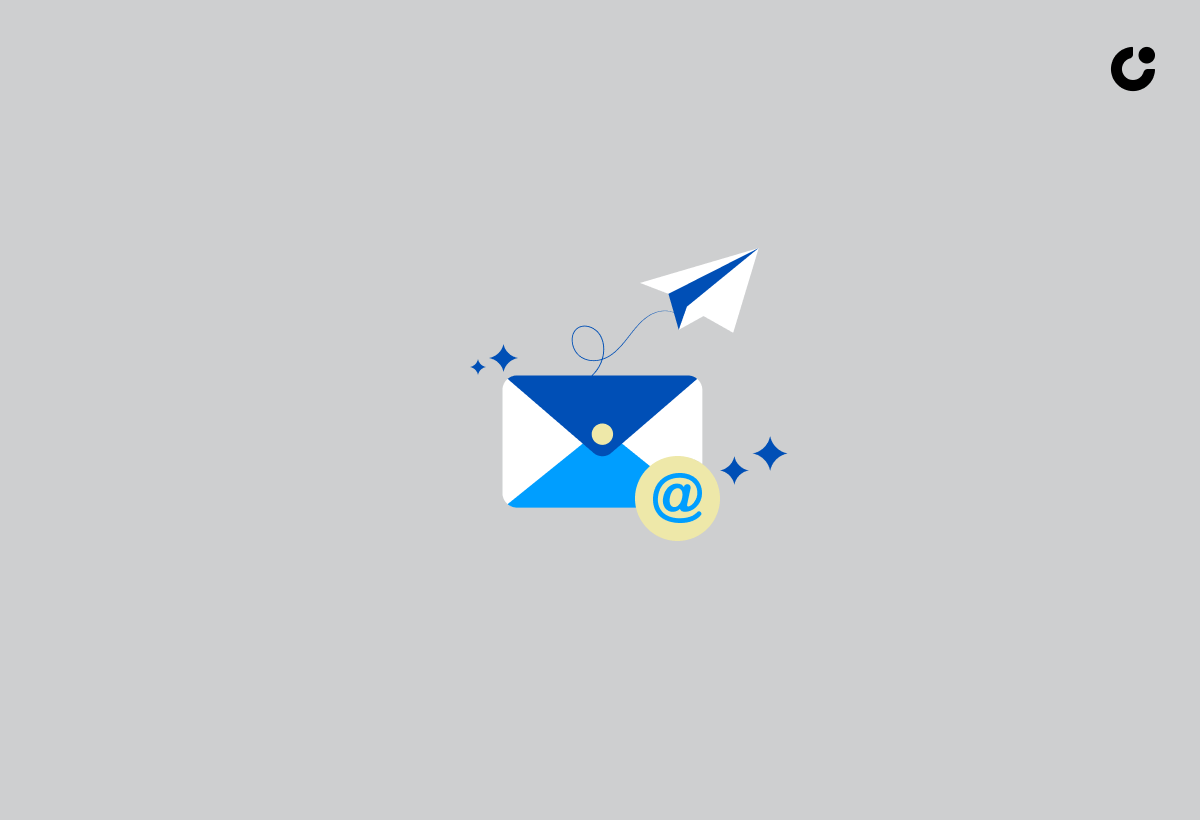
Personalization plays a critical role in the success of cold email campaigns. By addressing the recipient by name, referencing their business or industry, or mentioning a shared interest, you can create a sense of value and intrigue in your prospects. Personalizing your cold emails can lead to higher open rates, increased engagement, and ultimately, more conversions.
One technique for personalizing cold emails is using mail merge, which allows you to incorporate personalized data such as the recipient’s first name, company name, or other relevant information into a mass email. The impact of personalization on cold email response rates is significant. Research has shown that personalized subject lines can raise open rates by 50%, and multiple personalization touchpoints in emails can lead to a 140% increase in response rates. By incorporating these personalization techniques, your cold emails are more likely to land in the recipient’s inbox and grab their attention.
Using personalization techniques and tools like mail merge and email marketing software can help create highly customized cold email campaigns that resonate with your target audience and yield significant results.
Subject Lines That Grab Attention

Compelling subject lines are vital to increase open rates and capture the recipient’s attention. A well-crafted subject line can pique the interest of your target audience and encourage them to engage with your message, ultimately leading to higher response rates and conversions. Strategies for crafting attention-grabbing subject lines include ensuring the subject line is congruent with the content of the email, keeping the subject line concise and memorable, and refraining from using clickbait.
By experimenting with different subject lines and analyzing the results, you can determine the most effective approach for your audience and optimize your cold email campaigns accordingly. Some essential elements of a successful cold email subject line include:
- Personalization
- Relevance to the recipient’s interests or needs
- Creating a sense of urgency or curiosity
- Using powerful language to capture attention
By focusing on these aspects, you can improve the overall success of your cold email campaigns and make a lasting impression on your prospects.
Cold Email Metrics and Success Rates

Understanding cold email metrics and success rates can help businesses optimize their campaigns and improve results. By monitoring essential metrics such as:
- Open rate
- Click rate
- Reply rate
- Bounce rate
- Unsubscribe rate
You can gain valuable insights into the performance of your cold email campaigns and make data-driven decisions to enhance their effectiveness.
Average response rates for cold emails range from 1-5%, but proper targeting and personalization can increase these rates. Similarly, conversion rates for cold emailing campaigns vary, with an average of 15% in 2021. Persistence and follow-up emails can improve these rates, as studies have shown that the initial follow-up email can elevate B2B response rates by up to 50%, and reply rates can rise from 49% to 220% after the first follow-up.
Analyzing your cold email metrics and success rates enables you to identify areas for improvement and implement strategies to enhance overall campaign performance.
Average Response Rates

The average response rate for cold emails is estimated to be between 1% and 10%, with some sources citing rates as high as 20%. However, the generally accepted average is approximately 1% to 5%.
Several factors can affect the response rate of cold emails, such as:
- The content and pitch of the email
- The subject line
- Subsequent emails
- The intended recipients
- The timing
Taking these factors into account and optimizing your cold email campaigns can increase the likelihood of achieving higher response rates and conversions.
One of the most effective ways to improve the response rate of your cold emails is through personalization. By addressing the recipient by name, referencing their business or industry, or mentioning a shared interest, you can create a sense of value and intrigue in your prospects. Research has demonstrated that personalization has a beneficial effect on cold email response rates, with personalized subject lines raising open rates by 50%, and multiple personalization touchpoints in emails leading to a 140% increase in response rates. Focusing on personalization and targeting can significantly improve the response rates of your cold email campaigns.
Conversion Rates
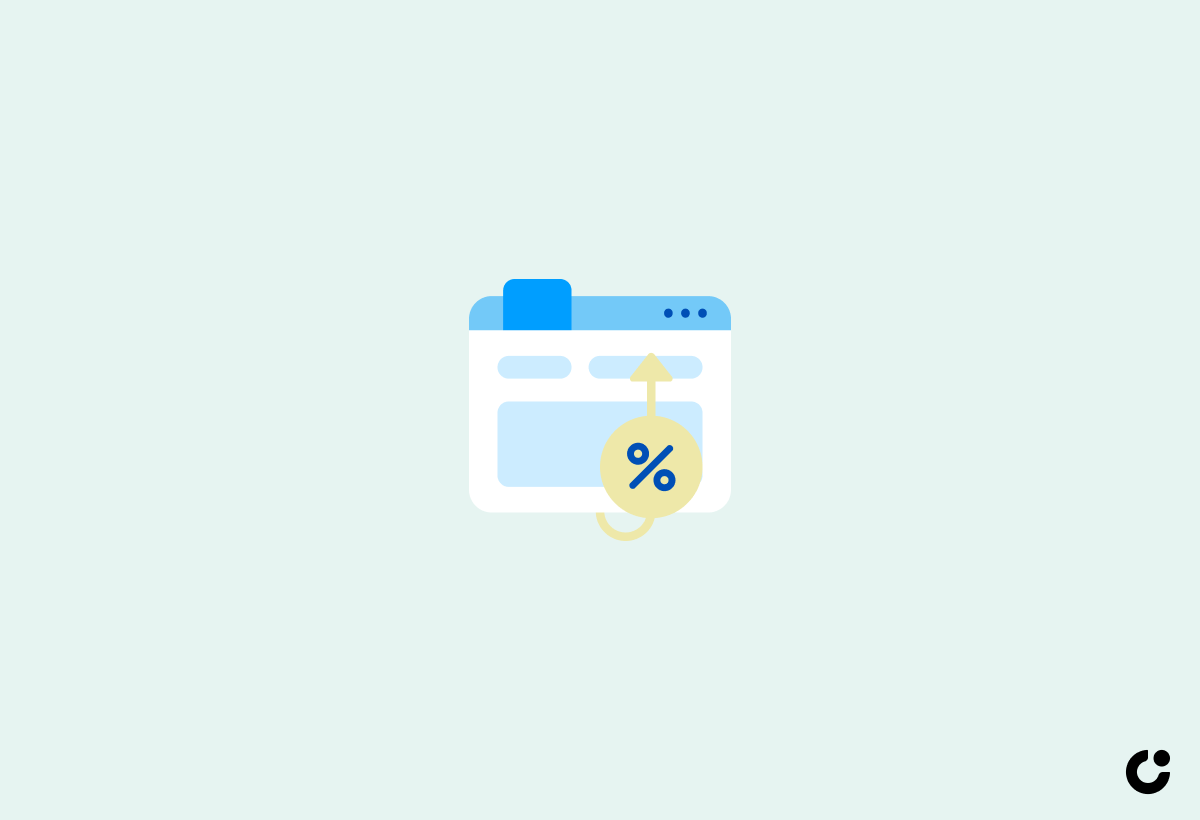
Conversion rates for cold emailing campaigns can vary, with an average of 15% in 2021. A variety of elements can contribute to a rise in conversion rates for cold emailing, such as:
- Personalization
- An enticing subject line
- A succinct message
- A call-to-action
- Follow-up emails
The impact of follow-up emails on the conversion rate of a cold email campaign is significant. Studies have indicated that the initial follow-up email can elevate B2B response rates by up to 50%, and reply rates can rise from 49% to 220% after the first follow-up. This implies that pursuing potential leads increases the probability of getting a response and, ultimately, converting them into customers.
Implementing a well-crafted follow-up strategy and focusing on personalization can enhance the conversion rates of your cold email campaigns and yield more meaningful results.
Strategies for Successful Cold Email Campaigns
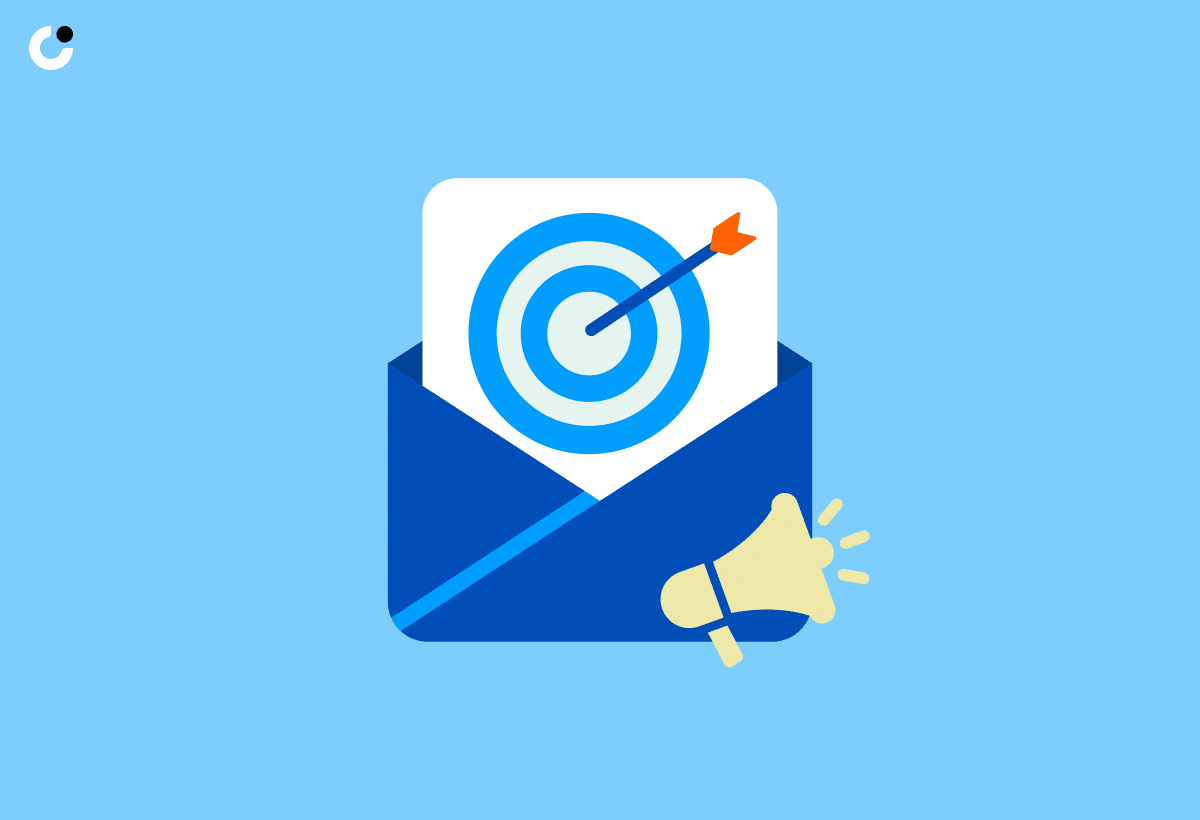
Implementing effective strategies like building a quality lead list and optimizing timing and frequency can result in better outcomes for cold email campaigns. By focusing on these key elements and tailoring your approach to the needs and preferences of your target audience, you can increase the likelihood of capturing the attention of potential customers and converting them into loyal clients.
Building a quality lead list and optimizing the timing and frequency of your emails are essential for ensuring successful cold email campaigns. A well-organized lead list is crucial for managing your outreach efforts and increasing the chances of converting potential customers. Focusing on these strategies and continuously refining your approach can enhance the success of your cold email campaigns and generate more leads and conversions for your business.
Building a Quality Lead List
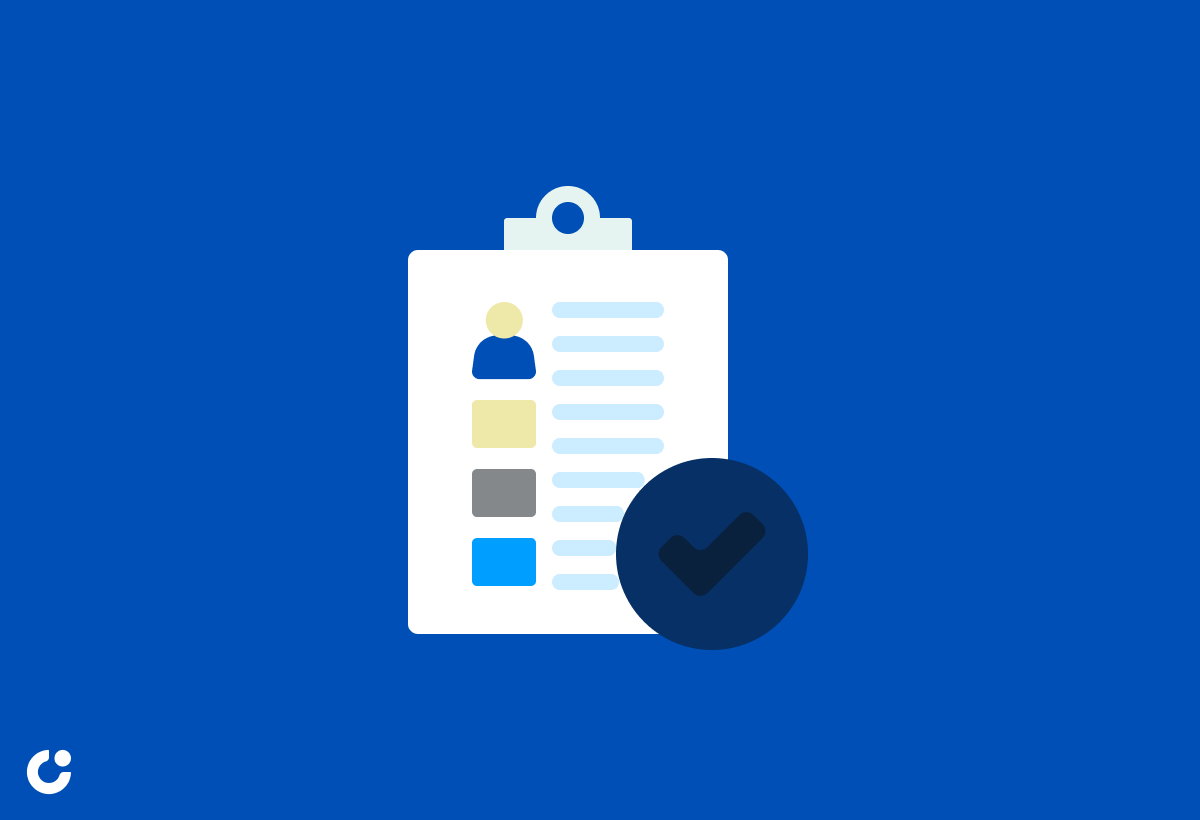
A well-organized lead list is crucial for managing your outreach efforts and increasing the chances of converting potential customers. Building a quality lead list involves:
- Identifying your target audience
- Finding prospects that align with your ideal customer profile
- Utilizing various resources, such as LinkedIn, professional associations, or even your own email contact list, to create a reliable lead list for cold emailing.
To confirm the quality of leads for cold email campaigns, you should consider factors such as:
- Budget
- Authority
- Need
- Timetable
- Revenue potential
By focusing on these criteria and using lead generation and management tools, such as SalesHandy, Woodpecker, and Overloop (formerly Prospect.io), you can create a segmented lead list for more targeted cold emailing. By building a quality lead list, you can improve the success of your cold email campaigns and drive meaningful results.
Timing and Frequency

Sending cold emails at the right time and with the appropriate frequency can improve engagement and response rates. Research has demonstrated that sending cold emails during the early hours of the day increases the chances of higher open rates and engagement, while sending emails in the middle of a recipient’s hectic workday is less likely to be noticed or given attention. Therefore, it is important to take into consideration the timing of your cold emails in order to maximize response rates.
In addition to optimizing the timing of your cold emails, it’s also essential to consider the frequency of your outreach. Sending too many emails in a short period of time can lead to recipients feeling overwhelmed and potentially marking your emails as spam. On the other hand, sending too few emails may result in missed opportunities and a lack of persistence in building relationships with potential customers. By finding the right balance between timing and frequency, you can improve the success of your cold email campaigns and generate more leads and conversions.
Cold Email Tools and Platforms
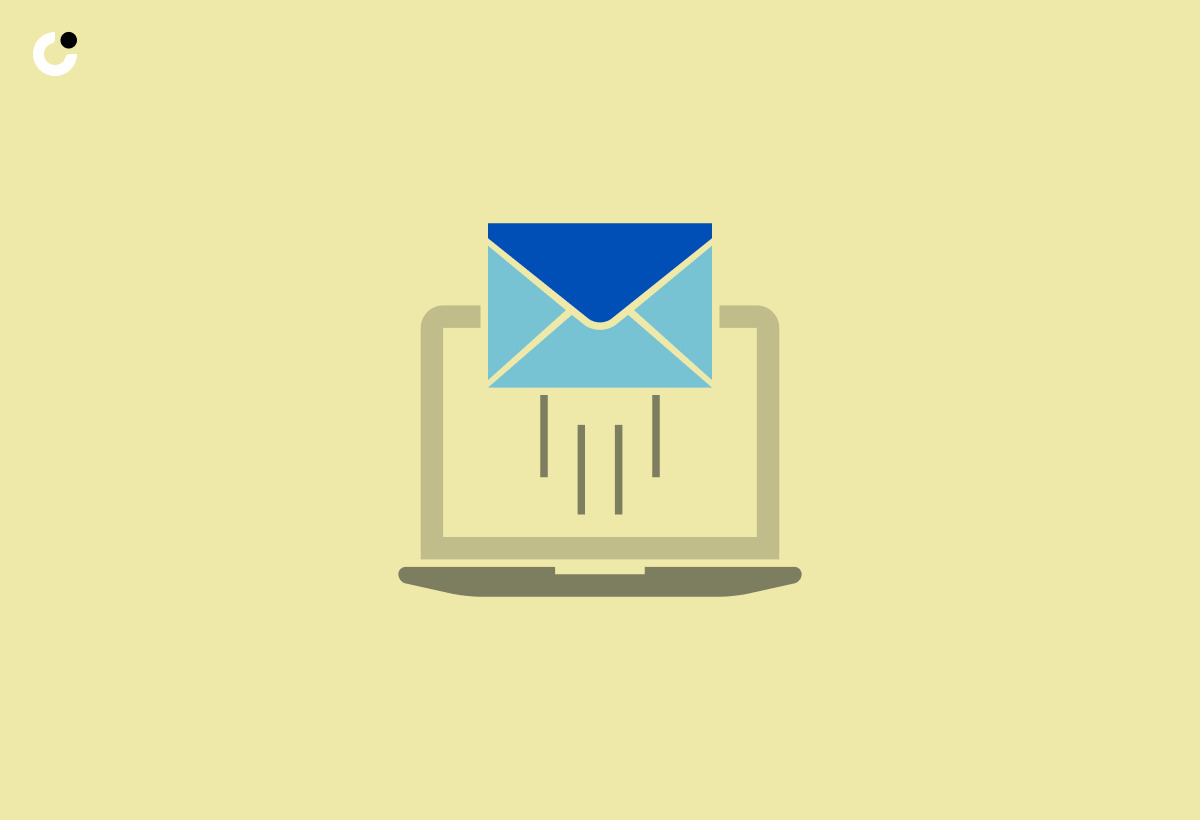
Utilizing cold email tools and platforms, such as Saleshandy and Woodpecker, can streamline your outreach efforts and increase efficiency. These platforms offer a range of features and functionalities that can help you manage your campaigns, create personalized cold emails, and track your campaign performance. By leveraging these tools and platforms, you can optimize your cold email campaigns and achieve better results.
In addition to Saleshandy and Woodpecker, there are several other cold email platforms available, such as:
Each platform offers unique features and capabilities, making it essential to choose the one that best fits your needs and budget. By selecting the appropriate cold email platform and utilizing its features to their fullest potential, you can improve the effectiveness of your cold email campaigns and drive meaningful results for your business.
Saleshandy

Saleshandy is a cold email automation tool that enables users to send personalized emails one by one, utilizing human-like sending approaches and managing replies in a unified inbox. By customizing the email, addressing the recipient by name, and utilizing a friendly, conversational tone, Saleshandy sends emails in a human-like pattern to maintain the sender’s reputation among various ESPs (Email Service Providers).
Saleshandy offers a range of features for cold emailing, including:
- Account setup and email account connection
- Crafting cold emails and auto follow-ups with a value proposition and addressing pain points within 50-120 words
- Automated follow-up sequences for optimal campaign performance
- High email deliverability rate for successful outreach
Saleshandy offers 3 pricing editions, ranging from $34 to $179, as well as a free trial, making it a versatile and affordable option for businesses of all sizes.
Woodpecker
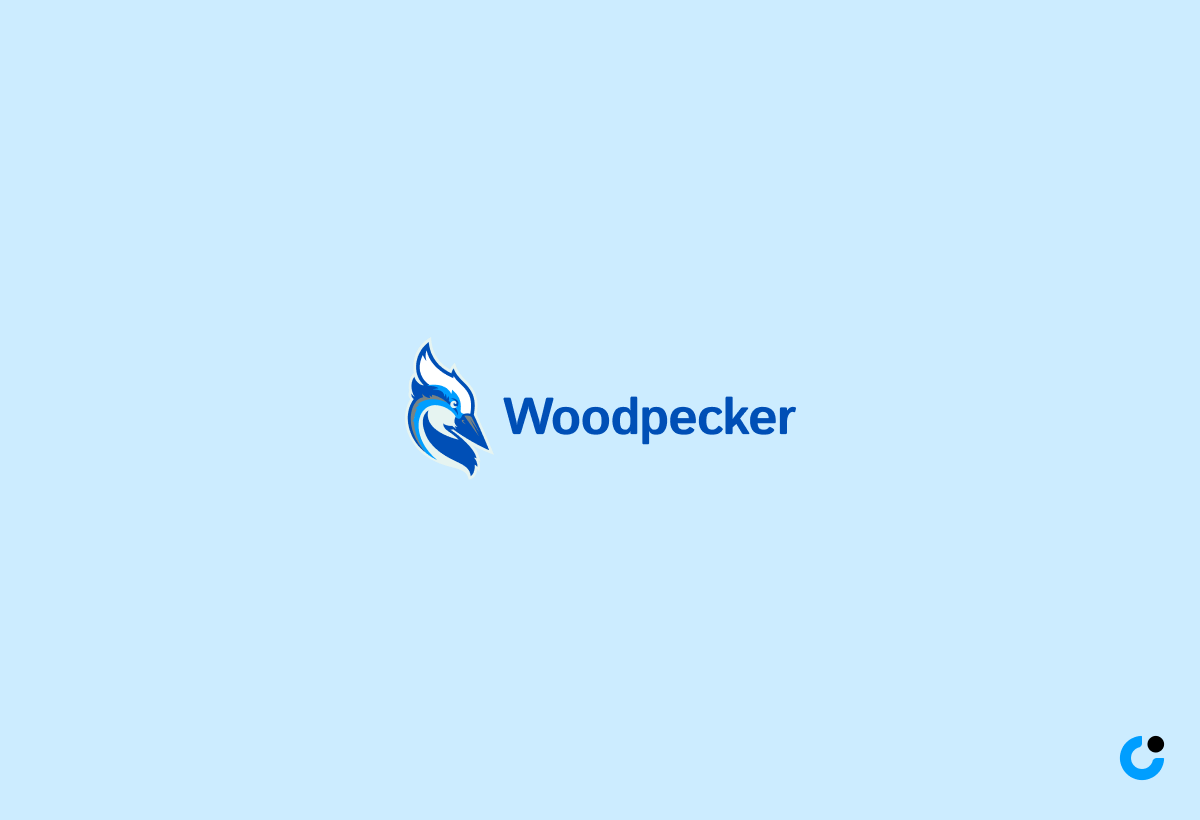
Woodpecker is a secure tool for sending personalized and automated cold emails, suitable for teams and businesses of all sizes. Woodpecker offers the following features:
- Deliverability
- Tracking of open and response rates
- Click-through rate monitoring
- Bounce rate tracking
- Monitoring of overall campaign progress
- Engagement-based follow-ups that automatically send follow-up emails based on opens and clicks
Woodpecker prioritizes data security and eliminates duplicates as a first step to ensure security for cold emailing. It also includes features such as empty custom fields detection to guarantee that all information is accurately entered before sending the email, ensuring your cold emails are personalized and professional.
Utilizing Woodpecker for your cold email campaigns can help streamline your outreach efforts and enhance the efficiency of your cold emailing strategy.
Real-Life Success Stories
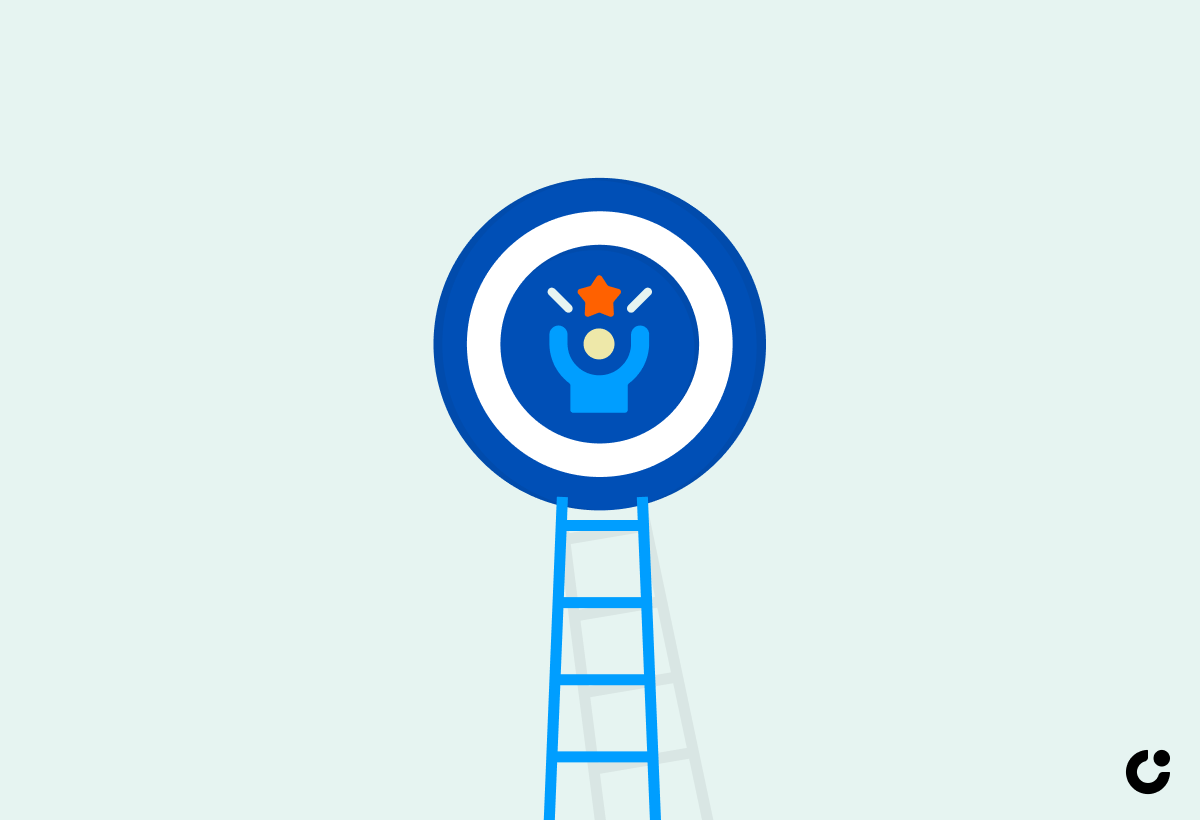
Real-life success stories, serving as social proof, demonstrate the effectiveness of well-executed cold email campaigns in generating leads and conversions, even without a prior relationship. One such example is Lemon.io, a matchmaking service that connects startups with experienced developers for the development of mobile applications and application user interfaces. Lemon.io’s cold email strategy involved conducting user research to understand the needs and preferences of their target prospects.
By leveraging the insights gained from their research, Lemon.io was able to craft a highly targeted and personalized cold email campaign that resonated with their audience and generated impressive results. This success story serves as a testament to the power of cold emailing when done right, highlighting the importance of understanding your target audience, crafting personalized messages, and continuously refining your approach to achieve maximum results.
Common Cold Emailing Mistakes to Avoid

Avoiding common cold emailing mistakes that can hinder your efforts and negatively impact your results is essential to maximize the success of your cold email campaigns. Some common mistakes include purchasing an email list, sending generic messages, and failing to follow up with recipients. By avoiding these pitfalls, you can increase the likelihood of capturing the attention of potential customers and converting them into loyal clients.
Another crucial aspect to consider when sending cold emails is the quality of your subject lines. Common errors in constructing cold email subjects include:
- Omitting a subject line
- Not customizing the subject line
- Not devoting sufficient consideration to the subject line
- Using unclear or generic subject lines
- Using inappropriate subject lines
Focusing on crafting compelling and personalized subject lines can increase open rates, improve engagement, and ultimately, result in more conversions for your cold email campaigns.
Summary
In conclusion, cold emailing remains a powerful and cost-effective marketing strategy for businesses looking to expand their reach and connect with new prospects. By understanding the legal aspects and compliance requirements, crafting high-quality cold emails, monitoring key metrics and success rates, implementing effective strategies, and utilizing cold email tools and platforms, you can unlock the full potential of cold emailing and drive meaningful results for your business. So, take the first step towards mastering the art of cold emailing today and watch your business grow.
Frequently Asked Questions
What is the average response rate for cold emails?
The average response rate for cold emails is estimated to be between 1% and 5%.
What are some effective personalization techniques for cold emails?
Personalize cold emails by using the recipient's name, referencing their business or industry, or mentioning a shared interest for more effective communication.
What are some common cold emailing mistakes to avoid?
Avoid purchasing email lists, sending generic messages, and failing to follow up with recipients to ensure successful cold emailing campaigns.
What factors can affect the response rate of cold emails?
Factors that can affect the response rate of cold emails include the content and pitch, subject line, subsequent emails, intended recipients, and timing.
What are some benefits of using cold email tools and platforms?
Cold email tools and platforms offer features to manage campaigns, create personalized emails and track performance, helping to streamline outreach and increase efficiency.

